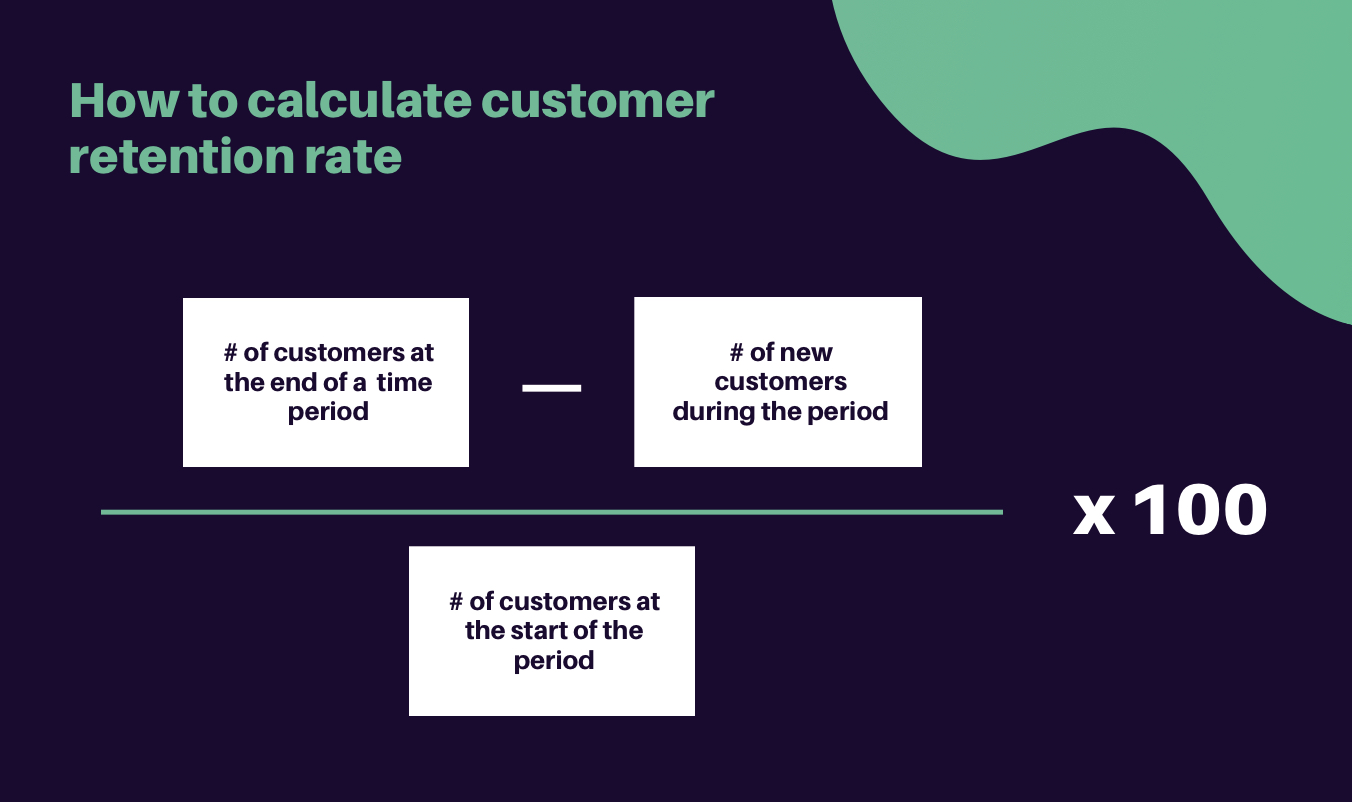 Strategies for Optimizing Profits Through Loyalty Programs: A Guide
Strategies for Optimizing Profits Through Loyalty Programs: A Guide
Loyalty programs have become a crucial tool for companies looking to maximize their return on investment and engage customers in a meaningful way. These programs have evolved from simple points systems to sophisticated, data-driven strategies that leverage technology and personalized experiences. In this article, we will explore the key methods that loyalty programs employ to boost sales, increase customer retention, and ultimately optimize profitability.
One of the primary ways that loyalty programs generate income is through membership fees. Paid loyalty programs have gained popularity in recent years, offering customers exclusive benefits and rewards in exchange for an upfront investment. These programs often provide different fee structures, such as annual subscriptions or tiered memberships, to cater to different customer preferences and budgets. By offering flexibility and value, these fee structures not only generate revenue but also boost customer satisfaction.
In addition to membership fees, loyalty programs incentivize customers to spend more with a brand. By offering exclusive rewards, discounts, or points for purchases, these programs create a sense of value and appreciation. The prospect of earning rewards motivates customers to choose a particular brand over competitors, especially when they are close to reaching a reward threshold. Furthermore, loyalty programs can incorporate tiered membership levels, where increased spending unlocks premium benefits, motivating customers to spend more to reach the next tier. This psychological impact fosters a sense of reciprocity and loyalty to the brand, encouraging customers to keep purchasing and enjoy continuous rewards.
Enhanced retention is another benefit of loyalty programs that directly impacts revenue. When customers feel appreciated by a program, they tend to remain engaged and loyal, leading to a higher retention rate. This improved customer lifetime value translates into ongoing revenue from repeat purchases and continued participation in the program. Additionally, loyal customers often become brand advocates, sharing positive experiences and attracting new customers, which further boosts the program’s revenue potential. Studies have shown that a 5% improvement in customer retention can lead to a profit increase of 25% to 95%.
Loyalty programs also serve as powerful tools for enhancing upsell and cross-sell initiatives. By tracking purchase histories, preferences, and engagement patterns, these programs provide companies with actionable insights into individual customer behaviors and interests. Armed with this data, companies can tailor personalized offers and recommendations that resonate with each member’s unique buying habits and preferences. This targeted approach allows companies to boost incremental revenue by successfully upselling and cross-selling relevant products and services to an engaged audience.
Moreover, loyalty programs contribute to cost savings by delivering targeted promotions based on collected customer data. By understanding individual preferences and purchase histories, companies can tailor promotions to loyal customers who are more likely to respond, reducing the need for broad, less effective marketing campaigns. Additionally, these programs help improve the efficiency of inventory management and sales strategies by providing insight into demand patterns and customer behavior. This data allows companies to optimize inventory levels, minimize out-of-stocks, and strategically allocate resources to meet the demands of their most valuable customers.
To stay ahead of the game, loyalty programs are embracing emerging trends such as gamification and advanced technologies like augmented reality (AR) and virtual reality (VR). Gamification brings fun and engagement to loyalty programs by incorporating game-like elements that encourage repeat interactions and purchases. The integration of AR and VR technologies opens up exciting possibilities for enhancing the loyalty program experience. Customers can use AR to unlock exclusive virtual rewards or engage with VR to explore immersive brand environments that offer unique benefits and incentives. These initiatives have the potential to create new revenue streams through enhanced engagement and monetizable virtual experiences.
In conclusion, loyalty programs are comprehensive revenue drivers that generate income through various avenues such as membership fees, increased customer spending, enhanced retention, cross-selling and upselling opportunities, cost savings, and the use of innovative technologies. Continuous innovation is essential to remain relevant and effective in this space, as consumer preferences and technological advancements evolve. By investing in loyalty programs and leveraging their potential, companies can strengthen customer relationships, maintain a competitive edge, and optimize profitability.
Interested in exploring the profitability of loyalty programs further? Download “The ROI of a Loyalty Program” e-book and discover the secrets to measuring customer loyalty.
